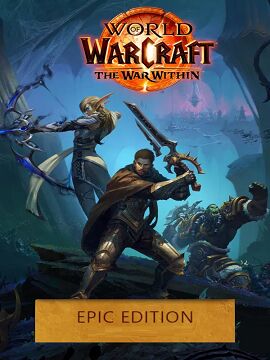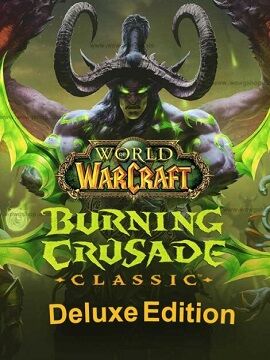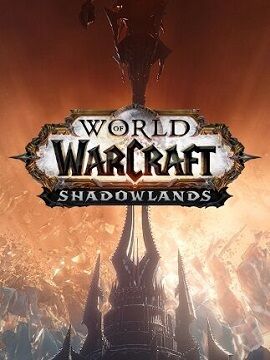
Brand
- Mascot 8.525
- Maroxe 8.013
- Portwest 6.855
- Iscar 5.160
- BOSS 4.248
- M&S Collection 4.032
- Gemini Interiors 3.656
- Ergomat 3.489
- Routledge 3.415
- Roladex 3.087
- CRC Press 3.046
- KENZO KIDS 2.978
- Sandvik Coromant 2.599
- Sid & Sam 2.395
- Life Essentials 2.264
- Nobody's Child 2.253
- Tyrell & Tyrell 2.180
- Moon Magic 2.163
- Discount Dealers 2.143
- Unbeatable Bargains 2.136
- Design Hut 2.010
- R and M Furniture 1.978
- Casper Homes 1.901
- Millennium Furniture 1.878
- Lyle & Scott 1.863
- Style and Chic 1.844
- Merkel Designers 1.838
- Decor Base 1.837
- Savings Store 1.829
- White Stuff 1.821
- Direct Imports 1.800
- Merlin Deals 1.738
- The Home Maker 1.707
- All Things Good 1.698
- INA 1.696
- Slingsby 1.679
- Blaklader 1.669
- SMC 1.669
- Brittle & Co 1.666
- Charlotte Dunes 1.593
- Autograph 1.572
- OILSEAL 1.486
- DKNY 1.444
- TopVue 1.430
- IKO 1.413
- Pandora 1.346
- CONTI 1.325
- KARL LAGERFELD KIDS 1.309
- HMEC 1.302
- ECCO 1.291
- Bausch & Lomb 1.278
- MARC JACOBS 1.247
- WallpaperMural 1.244
- Vargus 1.207
- Sealey 1.154
- HUGO 1.134
- Alcon 1.133
- Outsunny 1.132
- FatFace 1.126
- Michael Kors 1.122
- HOMCOM 1.103
- Lighthouse 1.083
- FootJoy 1.066
- BILLIEBLUSH 1.062
- Neo 1.058
- Timberland 1.056
- glerups 1.018
- Festo 1.006
- Zoro Select 1.003
- Polaroid 998
- FAG 994
- NILOS 989
- Homcom 977
- LDK 886
- Pferd 885
- TIMCO 869
- Nike 852
- Gelone 807
- Monsoon 806
- Nomination 801
- Genware 743
- Kennametal 732
- Prestigious Textiles 730
- Dormer 726
- Zadig & Voltaire 718
- SOSANDAR 704
- Liverpool FC 689
- Crew Clothing 686
- Seasalt Cornwall 673
- SKF 654
- Carl Roth 631
- Brook Taverner 617
- Nachi 602
- Purestep 597
- Organic Basics 595
- STI 588
- Vogue 583
- 3M 578
- METALMATE 576
- Callaway 574
Colour
- Black 25.634
- White 12.211
- Blue 8.891
- Brown 5.991
- Grey 5.427
- Red 4.622
- Pink 4.266
- Green 4.242
- Navy 4.126
- Yellow 2.871
Size
Gender
Merchant
- Zoro UK Limited 108.464
- Home Done 42.466
- Marks & Spencer UK 23.723
- Maroxe 22.330
- Kids around 17.426
- Alensa.co.uk 10.051
- Routledge 7.869
- Glisshop uk 6.321
- Workwear Supermarket 4.067
- RS Components UK 3.693
- Your Stylish Home 3.133
- Belveto 2.847
- Suit Direct 2.834
- Slam City Skates 2.337
- Grace & Co Jewellery 2.277
- Acorn Fire & Security 2.254
- Moon Magic 2.163
- QD Stores 2.115
- Click Golf 2.039
- Golf Gear Direct 1.931
- Lyle & Scott 1.853
- Nobody's Child - Cabiro 1.822
- Kick Game 1.531
- Argento 1.367
- gb.ecco.com 1.334
- WallpaperMural 1.244
- Lighthouse Clothing 1.135
- glerups.co.uk 1.018
- Pureshoes 983
- K4G.COM 981
- Ann's Cottage 954
- Lime Lace 944
- MyTrendyPhone.co.uk 898
- AndLight.co.uk 848
- Orthopeca UK 813
- Fragrance Rich 808
- Building Plastics Online 732
- Tosoni Selleria 714
- Cherry Lane 710
- Craigmore UK 694
- Liverpool FC 689
- Wrong Weather 645
- Mobility Smart 606
- Organic Basics 595
- Essential Photo 585
- havens.co.uk 575
- Magee 1866 534
- LuisaViaRoma.com 495
- PVC Cladding 479
- AWD IT 422
























